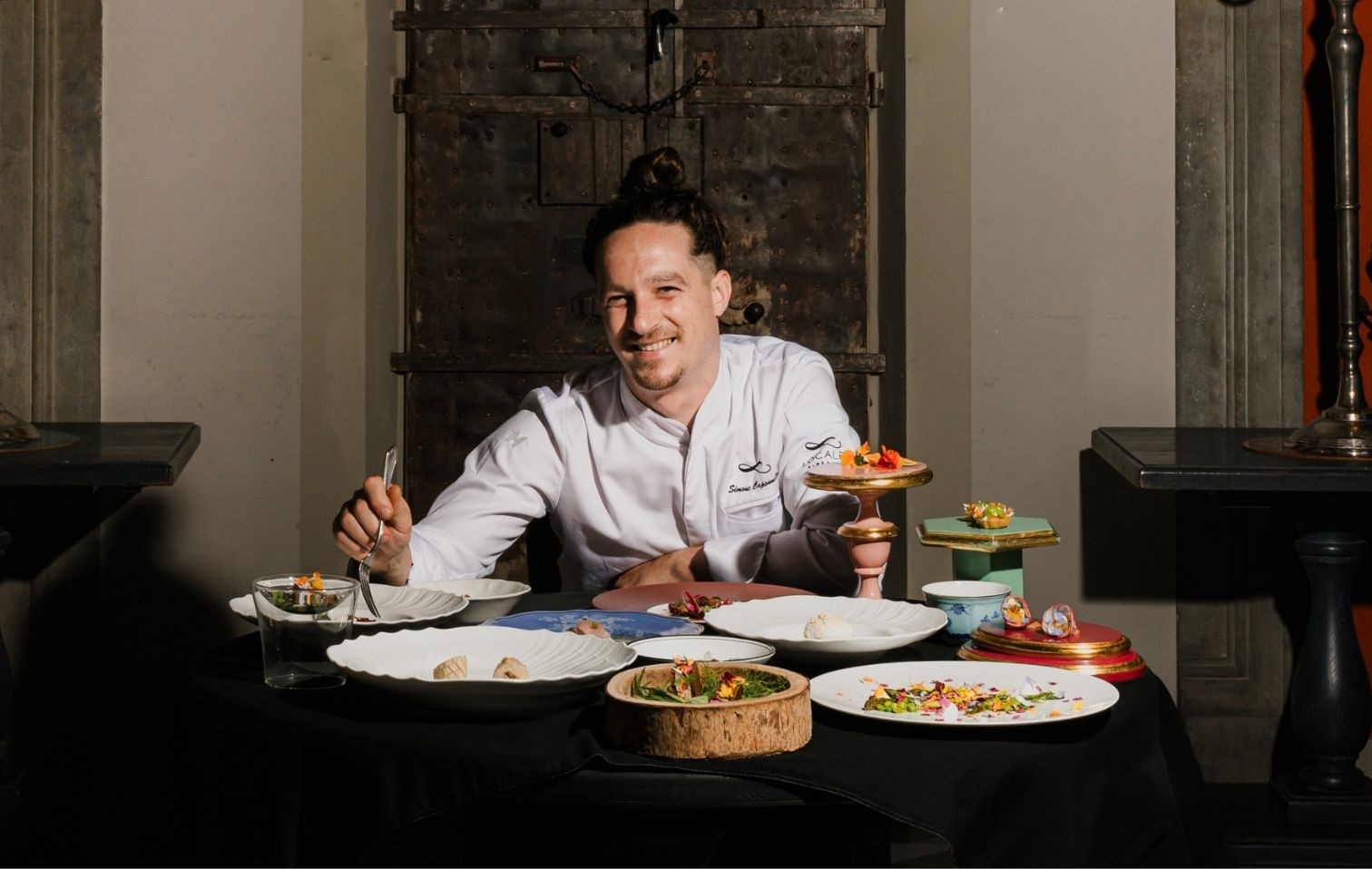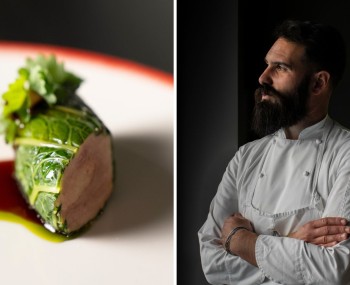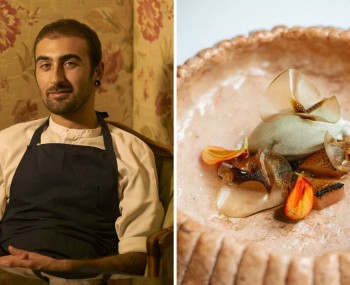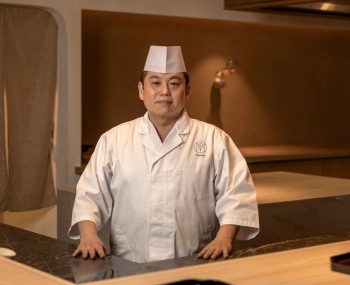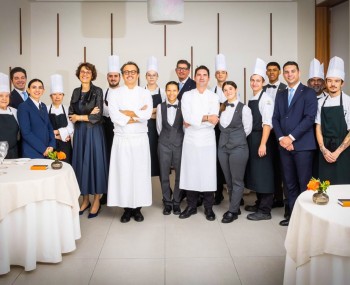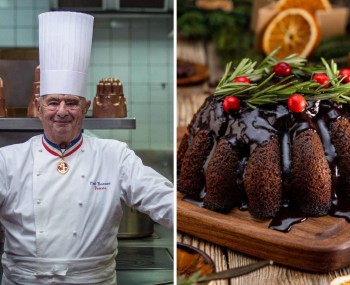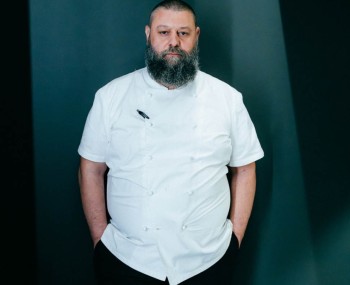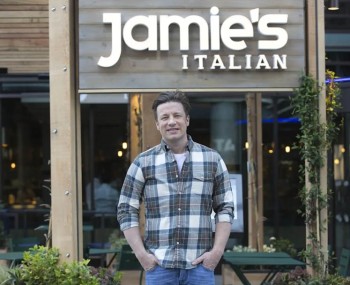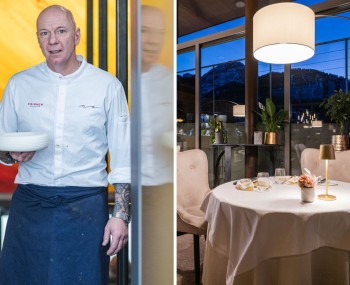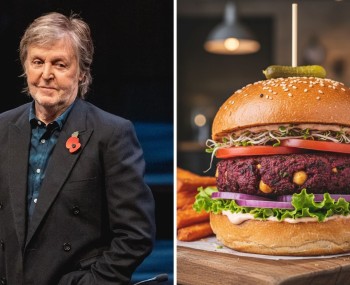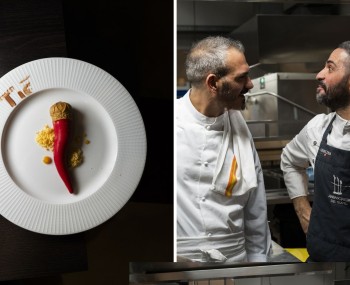Simone Caponnetto's cuisine is one with a distinct personality, dense with technique and at the same time direct and understandable, often even funny in some playful expressions. Without forgetting the deep connection with Tuscany.
Il Locale
Florence is one of the Italian cities that suffers most from the phenomenon known as overtourism. Like all large historic centers taken by storm by tourists, it is populated with gastronomic traps that do little to benefit the idea of quality. The happy exceptions are not many, but as such it is worth recounting them, especially when the context in which they are found is particularly fascinating. Locale Firenze is located in a building that has experienced a history whose probable origins are ancient.
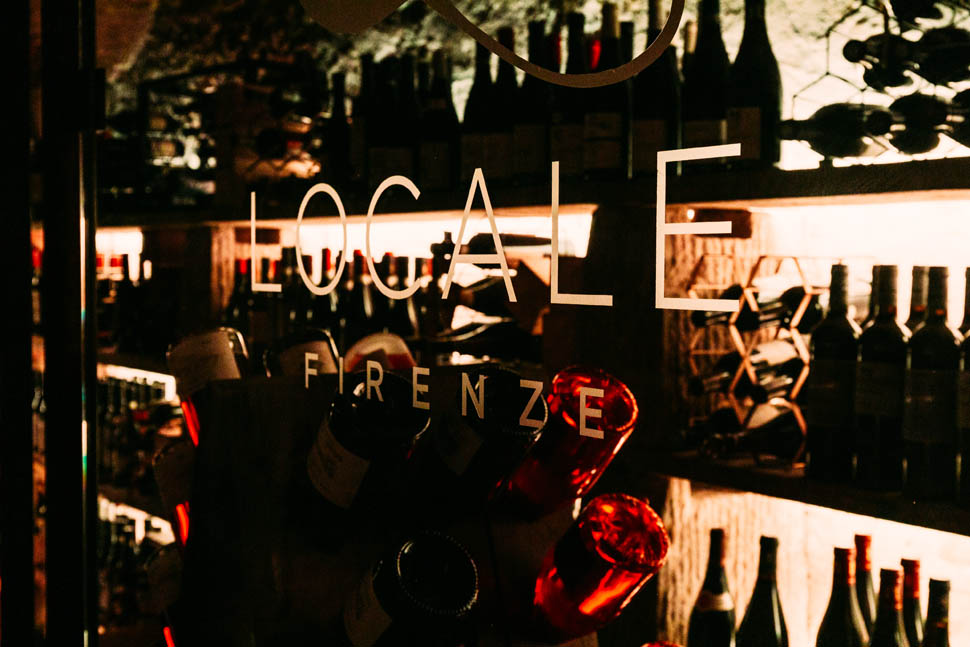
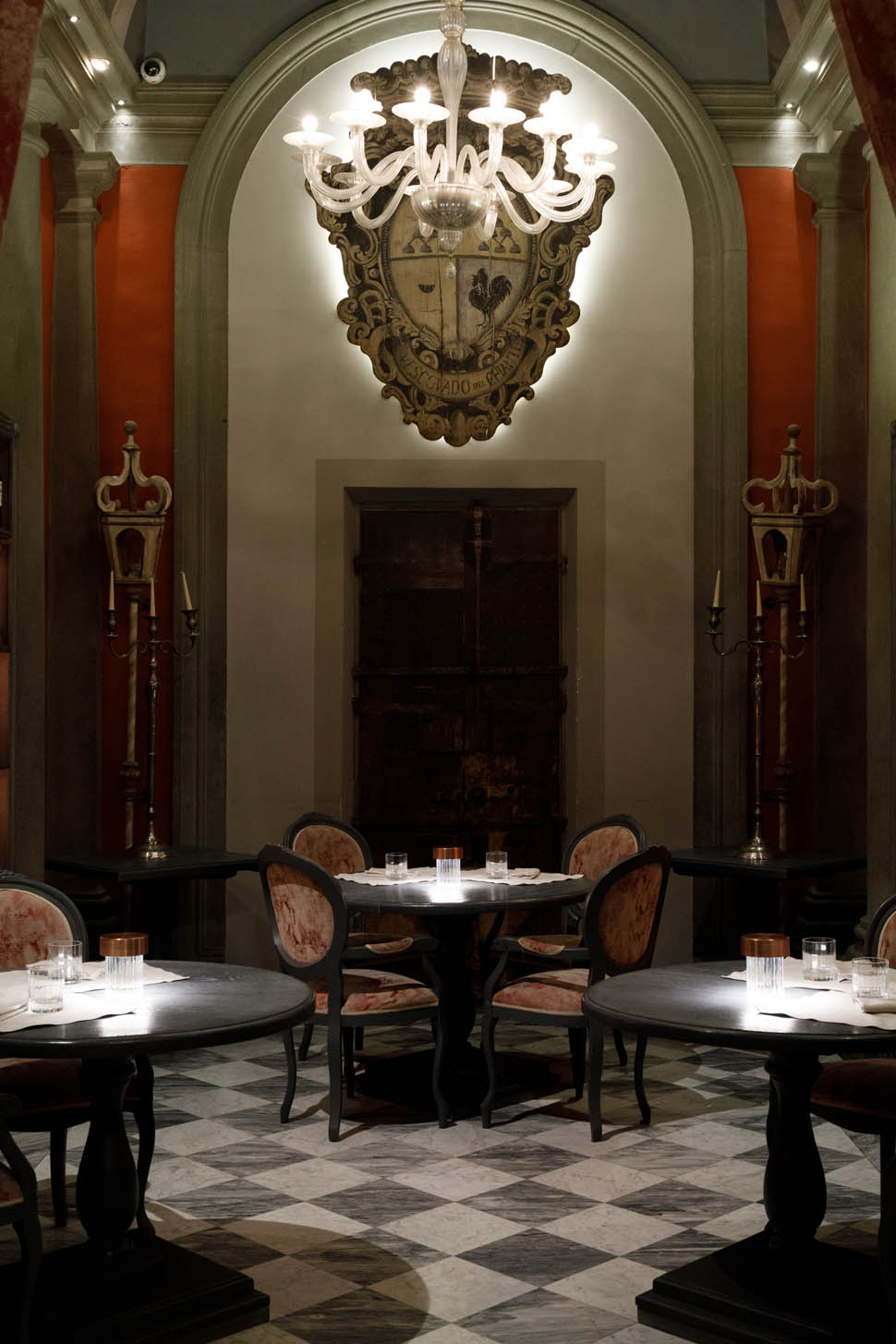
On the edge of the basement, indeed, there is an ancient cellar for storing wine that was sold through the 'buchetta' at the time overlooking Via delle Seggiole (here is what buchette are and where to find them): some of the stone arches may date back to Roman-founded Florence. Known events unfold from the 13th century, with the first family to own it (the Bastari Rittafè), to three hundred years later, when the palace became the residence of Bartolomeo Concini, jurisconsult and plenipotentiary of Cosimo I de' Medici.
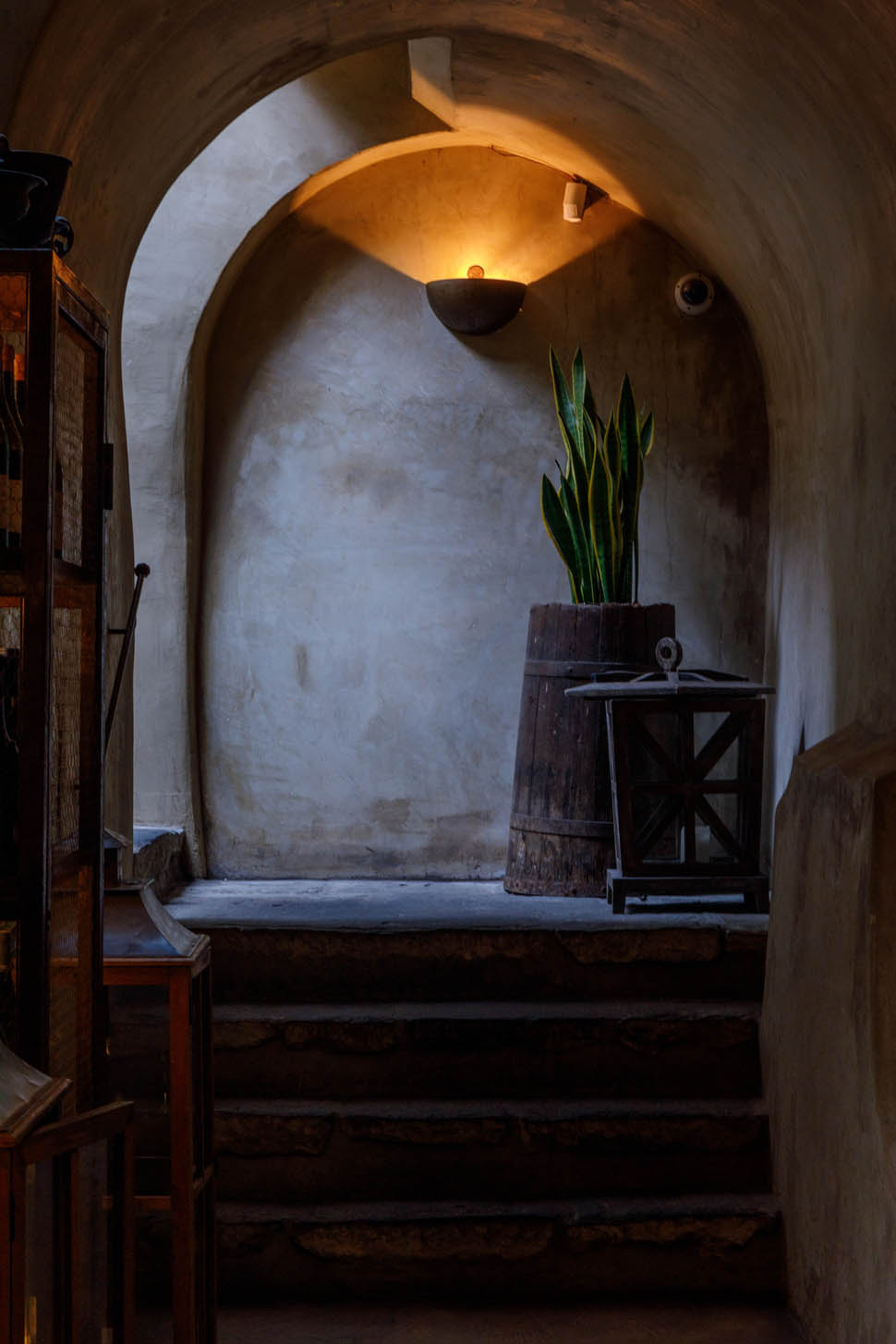
The place is extremely scenic, almost awe-inspiring, with the large, elegant and richly detailed rooms: it is worth being accompanied to discover it all the way down to the basement, home to the winery and the mixology laboratory of the beautiful bar at the entrance, not surprisingly among the World's 50 Best in 2023. As Faramarz Poosty, general manager, tells us, “Locale is an extraordinary place, the result of a remarkable renovation that required a lot of work.”
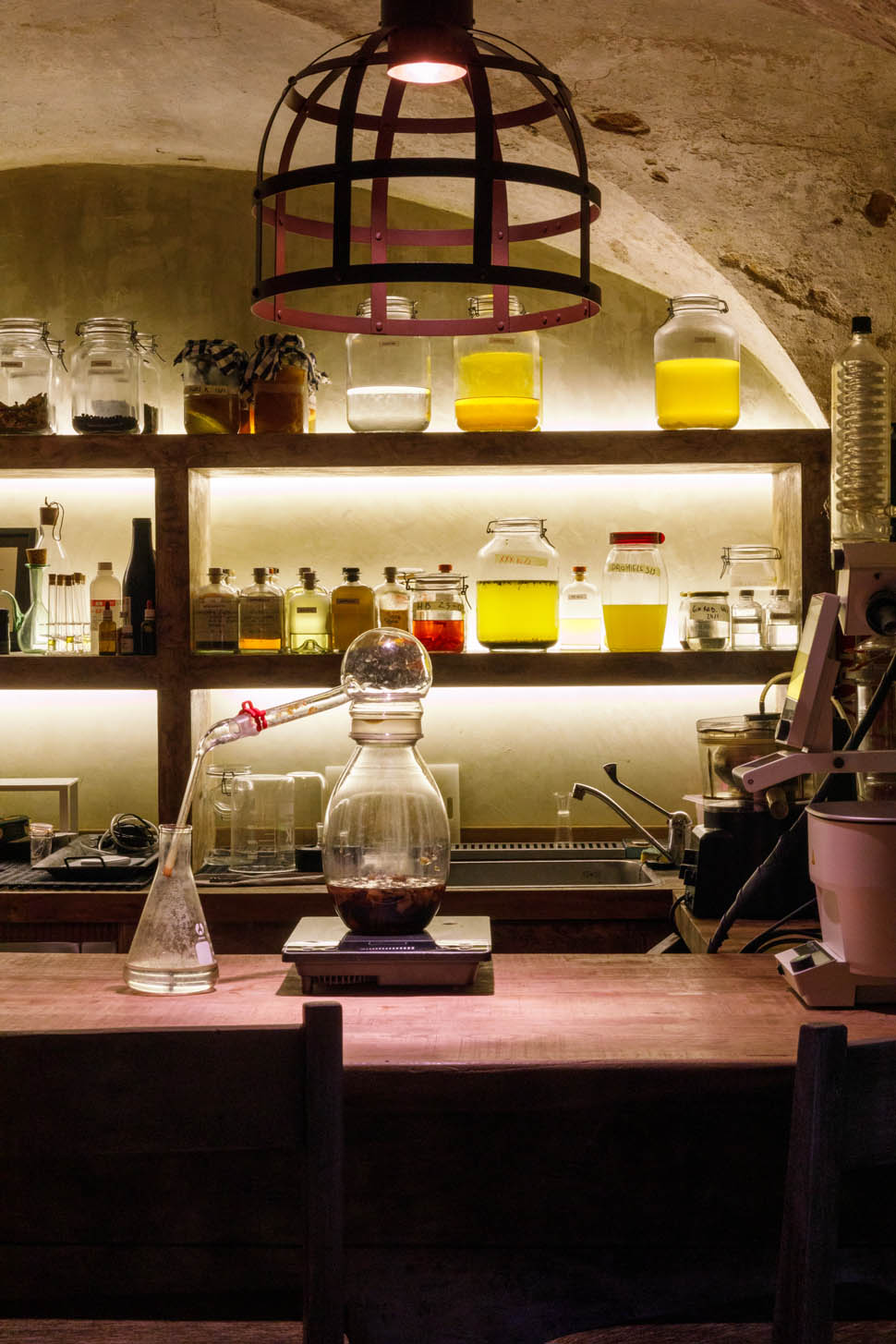
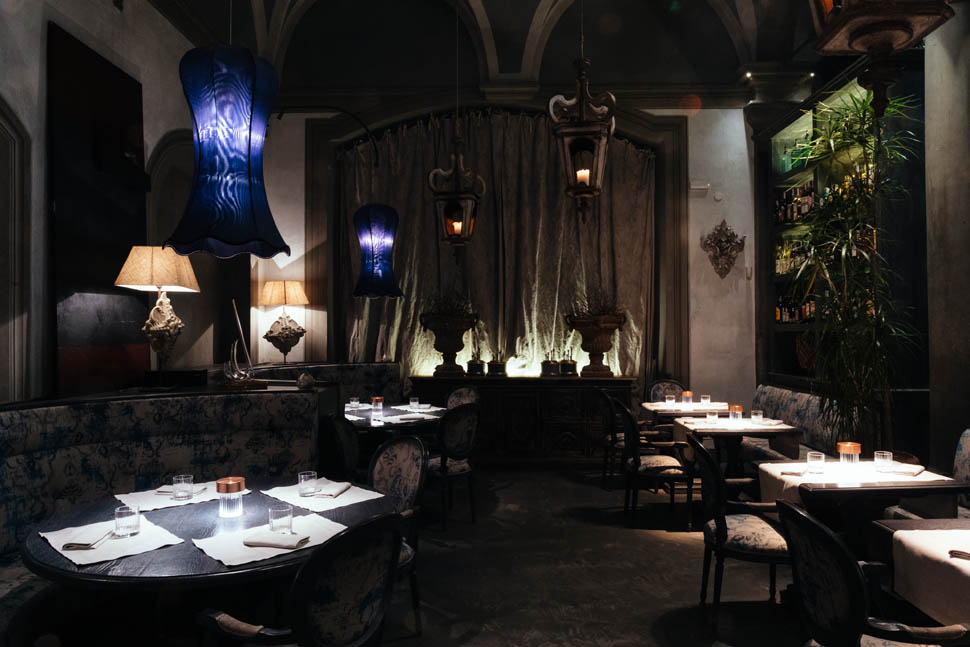
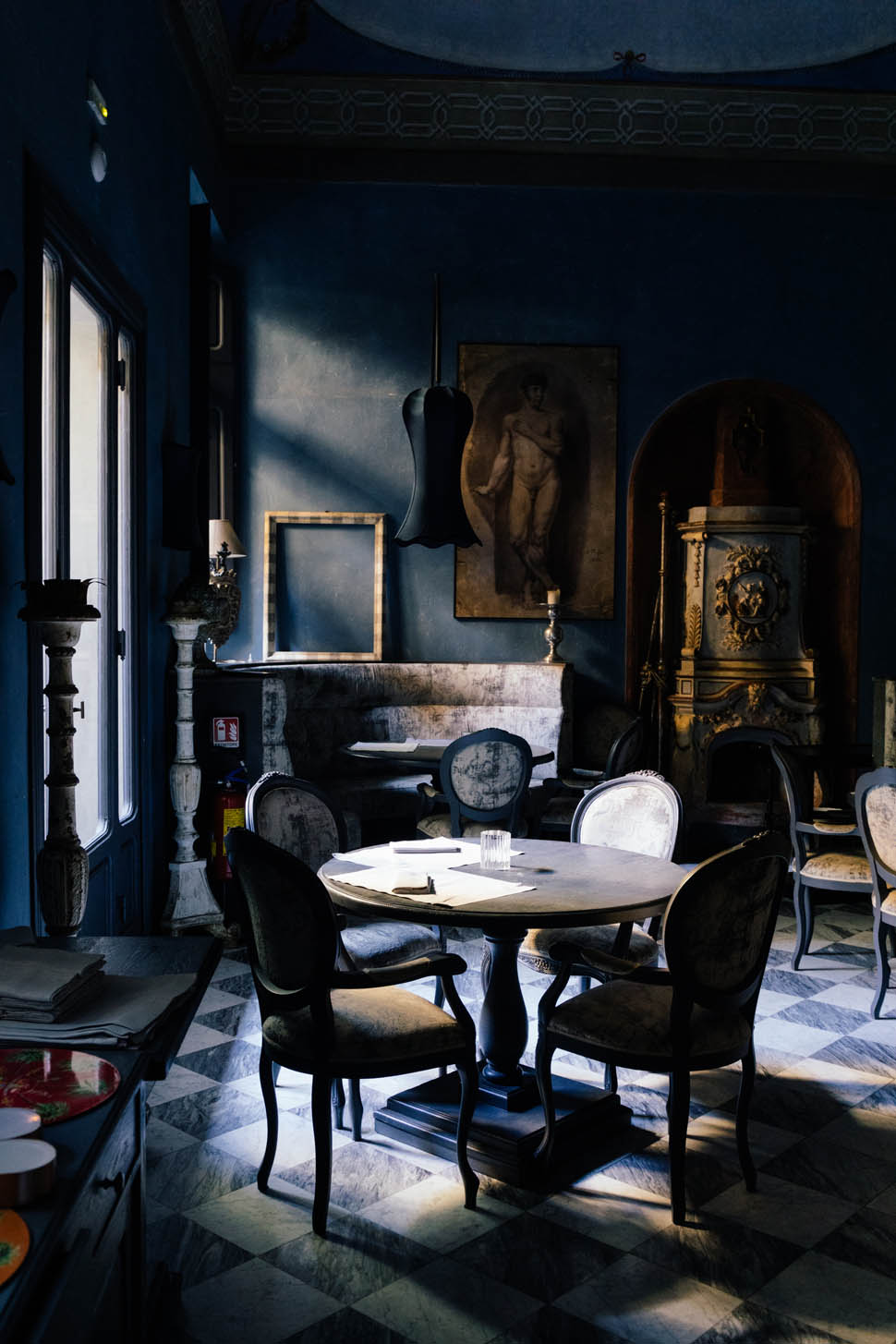
The chef
Simone Caponnetto, executive chef of Locale Firenze, class of 1990, was born and raised in the city. He attended hotel management school and after graduation left Italy immediately: “I had this passion for traveling, it even came before cooking. I was scrambling to leave and see the world: as soon as I finished school I left and at the end of the day I was away for ten years. Traveling is great, it fills you with dreams, but I also had to support myself, so I was forced to find odd jobs. I connected travel and work: I was in America, Australia, Japan, although my main experiences were Spain, England and then in Rome with Heinz Beck and always with him in Monte Carlo. The passion grew in Australia: when I arrived there I spoke zero English, the first few months I was desperate, I didn't know how to communicate, I was also quite shy: then I ended up in a restaurant of a very good English chef in Sydney, but he only had room in the pastry shop. So I ended up with this very good Neapolitan pastry chef who was from Alain Roux's Waterside Inn."
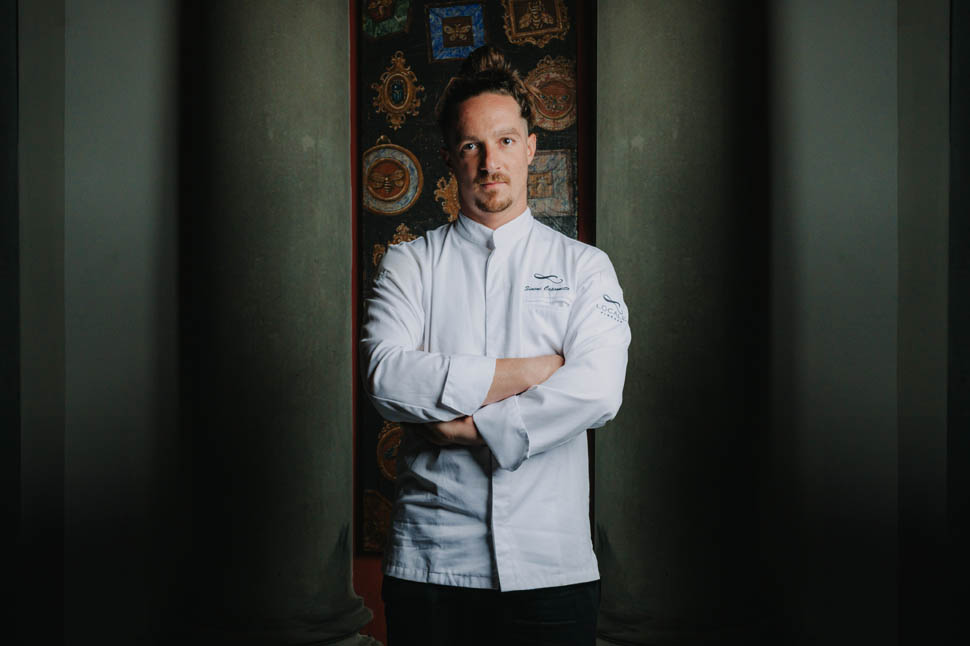
In the end, at the Waterside Inn he took a chance, managed to get in and fell in love: “I tried to get caught up in it a little bit as a challenge a little bit as a game, and from zero starred experience I stayed there for two years: there it was the beginning of my whole career, and from a classic kitchen like that, after two more years as a private chef, I found myself leaving for Tokyo at Narisawa.” Finally, the two years at Mugaritz in Errenteria: “The experiences around the world were all fundamental in forming me, but at Andoni Luis Aduriz at Mugaritz was something I would call overwhelming.” From Spain, Simone returned to Florence, where he cooked at a small establishment that soon caught on, Nugolo: eventually, however, "I felt I was going too fast: coming from such an avant-garde kitchen, it was a bit of a squeeze. Plus, the Locale manager came often and did everything he could to bring me here." That's when Simone joined the team.
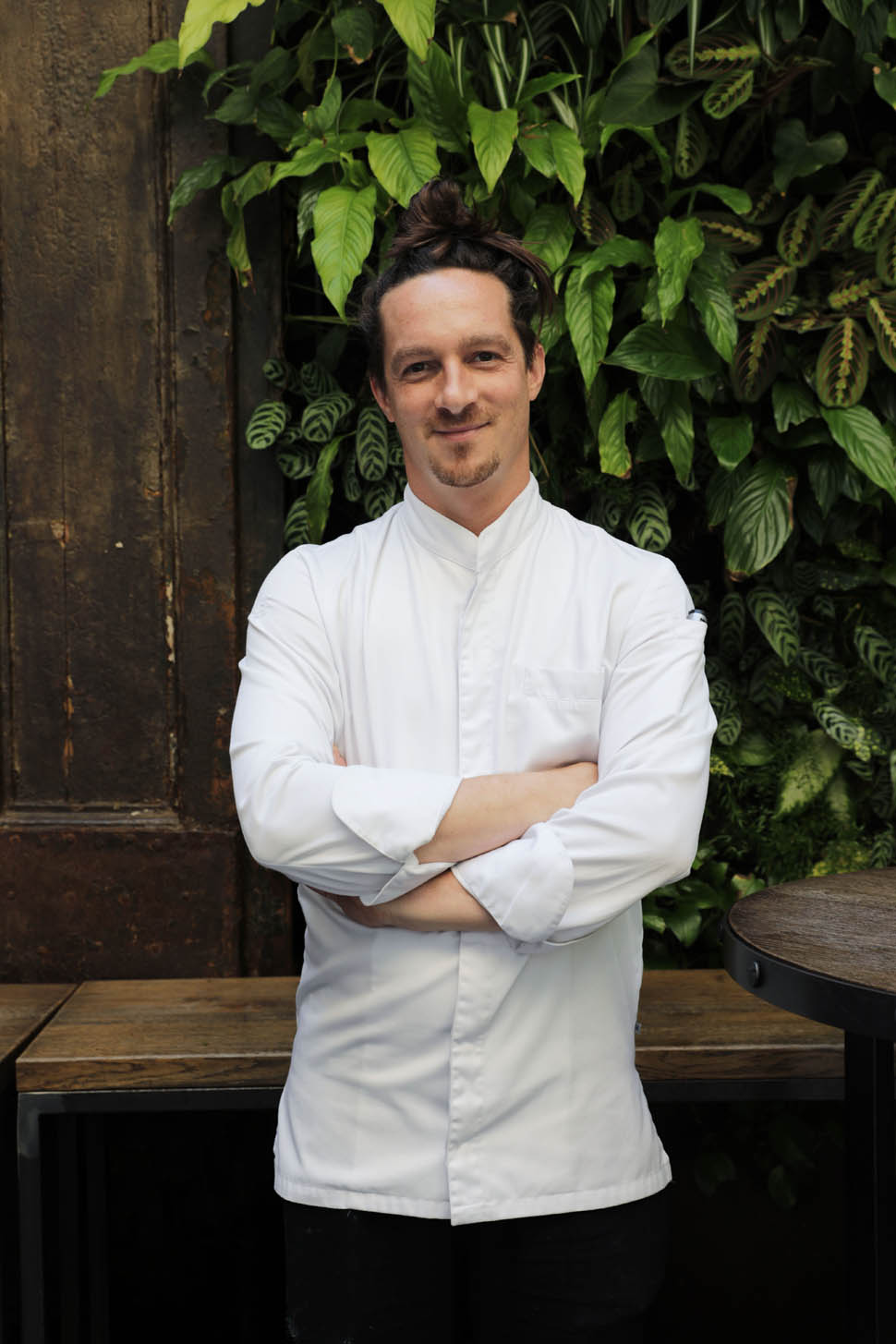
His cuisine is one with a distinct personality, dense with technique and at the same time direct and understandable, often even amusing in some playful expressions that throw people off, such as when at the end of the meal he invents a completely chestnut-free castagnaccio, in a double version, made with cow sinew, pine nuts, rosemary, and the same preparation fermented with candidum, the brie mold. Simone is keen to emphasize his strong connection with Tuscany: “We are doing really important work on the territory: ours is an exhausting research on small producers and farmers. We put a lot of effort into it and sometimes it's complicated, and then the kids ask me if it wouldn't be much easier to decrease them. I say no, what's the flavor otherwise? So we have an incredible amount of suppliers, just because everyone has their own characteristics and we diversify so much.
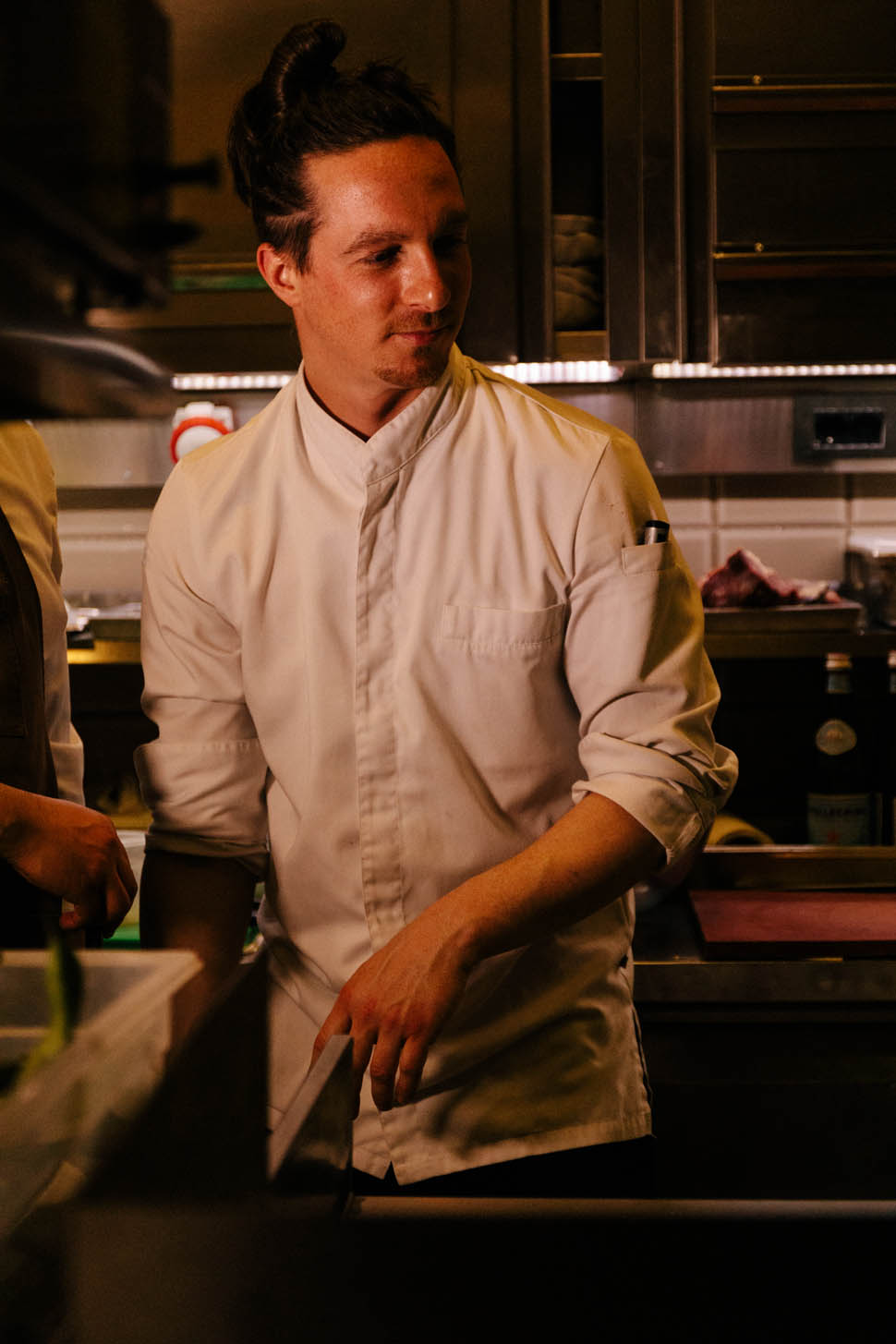
I really like to value all the main elements, whether vegetable, fruit, meat or fish, that they are all Italian, but especially Tuscan. We remove everything that is not seasonal, we don't use avocado, passion fruit, pineapple lime. We don't take French pigeons: in Greve in Chianti I have a supplier who breeds crazy ones, and it's worth a hundred thousand times more to me." The basic idea, through daily practices, is to make Locale Firenze a truly sustainable restaurant, in all respects.
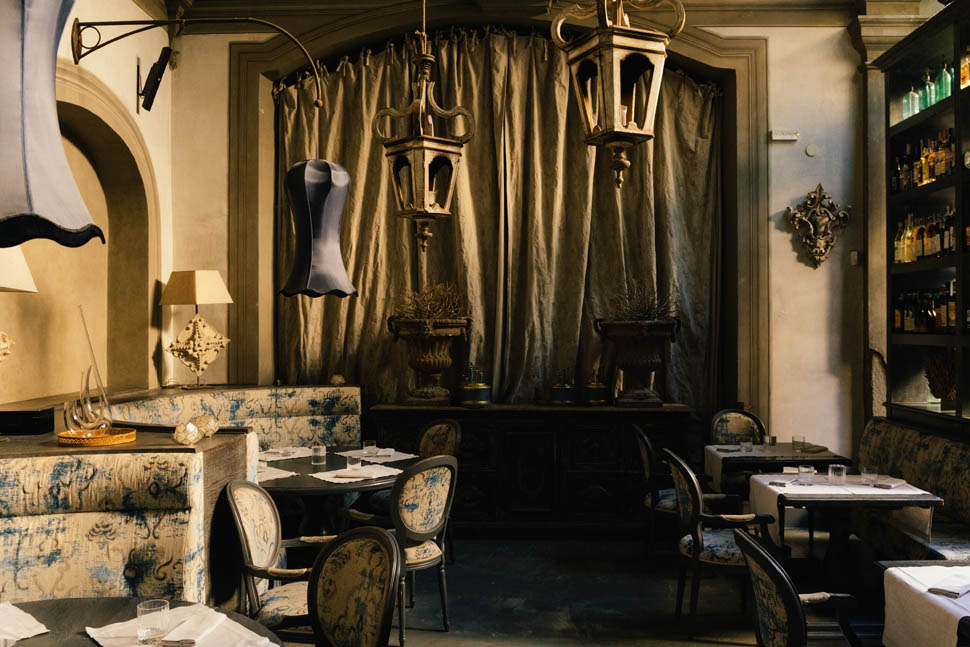
The Dishes
In short, with Simone Caponnetto you can rely on a gastronomic itinerary, Consapevolezza, spread over six (€120) or nine courses (€160) with many good ideas and 'technical' memories of his past travels. It starts with Tuscan bread, ragu of our mushrooms and new oil.
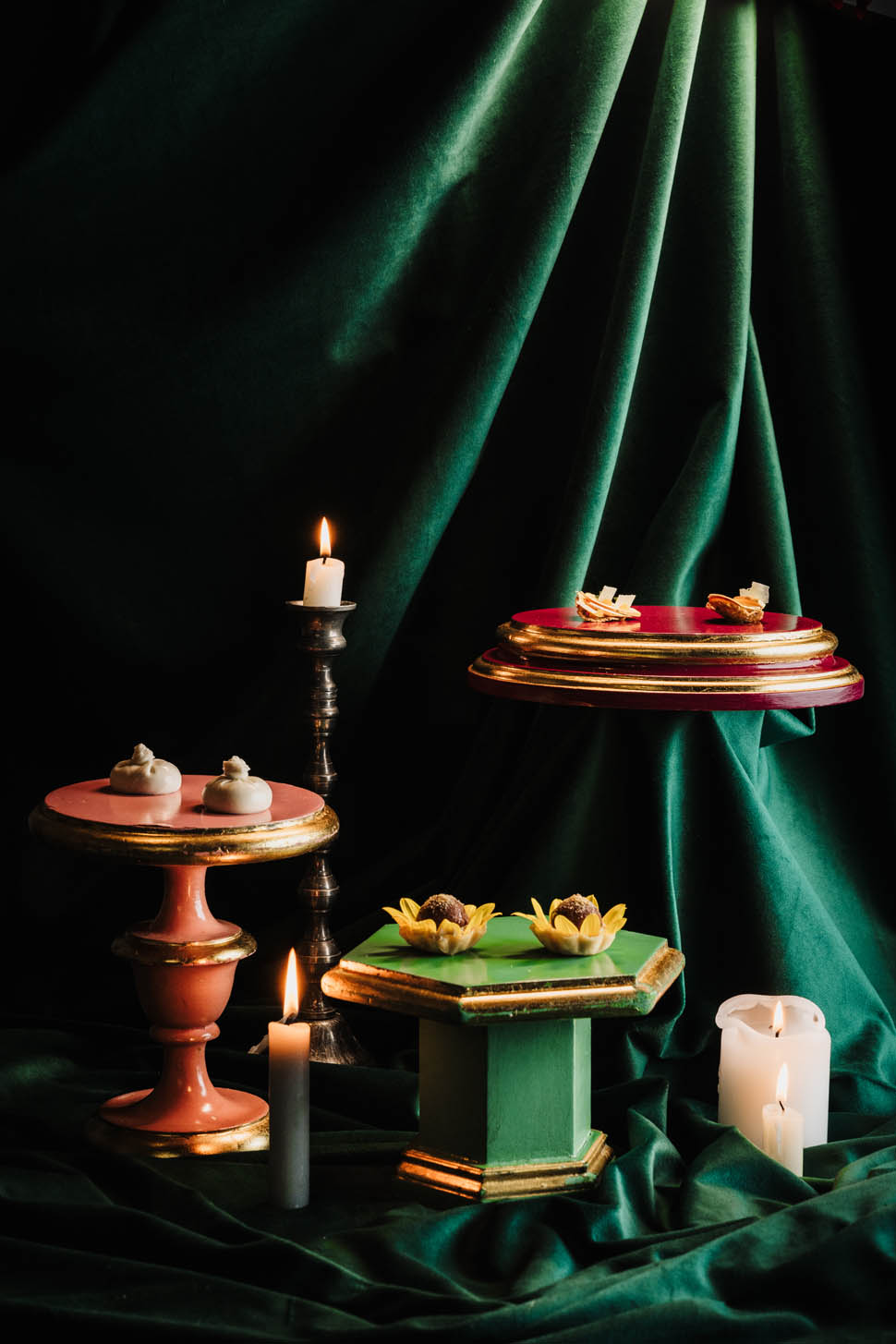
A nice reminder of the Japanese period is the chawanmushi, sea pudding of beautiful intensity with citrus-infused fumet, mussels, marinated fasolari with beurre blanc and raspberry vinegar, caviar and glasswort, finished with a Champagne sauce. Casentino lentils whipped with smoked butter and 40-month Parmigiano Reggiano; again, lentil mayonnaise and skewer with green apple, celery and fennel.
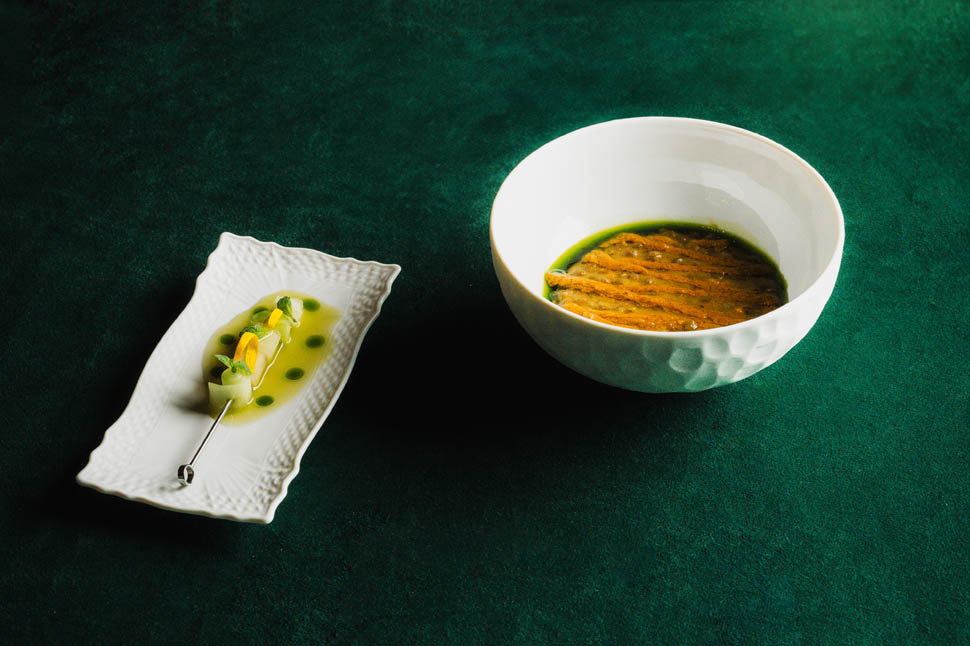
Choreographic to look at and very good to eat is the triple risotto, prepared with raw cuttlefish tartare and confit tomatoes at the base. The rice is cooked with a fish stew and divided into 3 different pots: one is mantecato with creamed spinach and Swiss chard, one with squid ink with creamed black, orange and rosemary; with the classic all'inzimino soup, reduced and filtered, the last is mantecato. Nice tasty morsel is the vacuum-cooked and charcoal-smoked eel, glazed with homemade teriyaki from the bottom of the bones and bottom of the beef and accompanied by sautéed marrow, dissolved with garlic and rosemary and then reassembled, diced and served cold on the eel's crispy skin: at the base a gremolada with celery pesto, rosemary and orange.
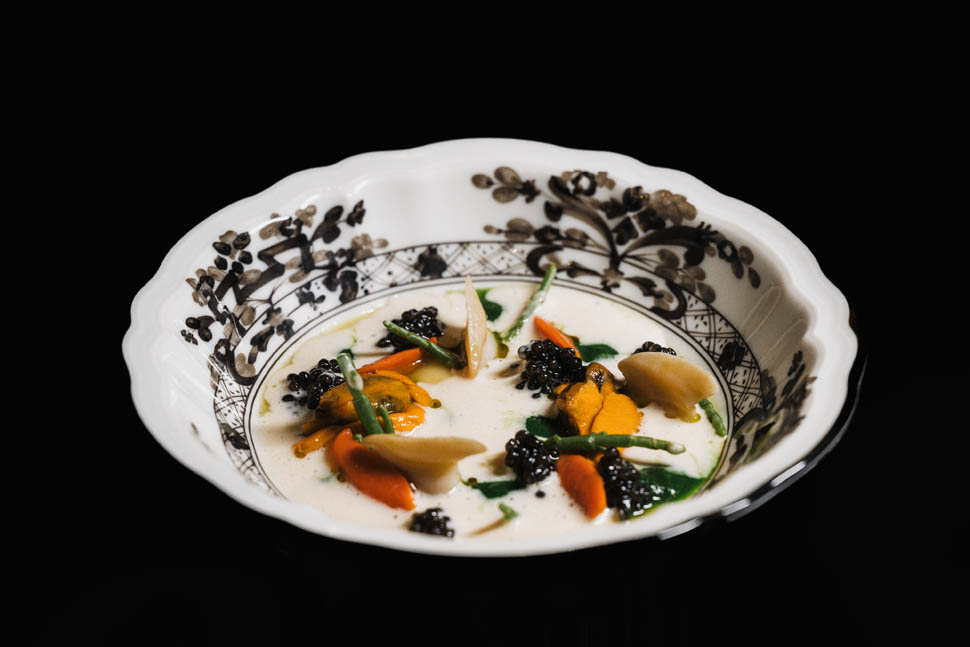
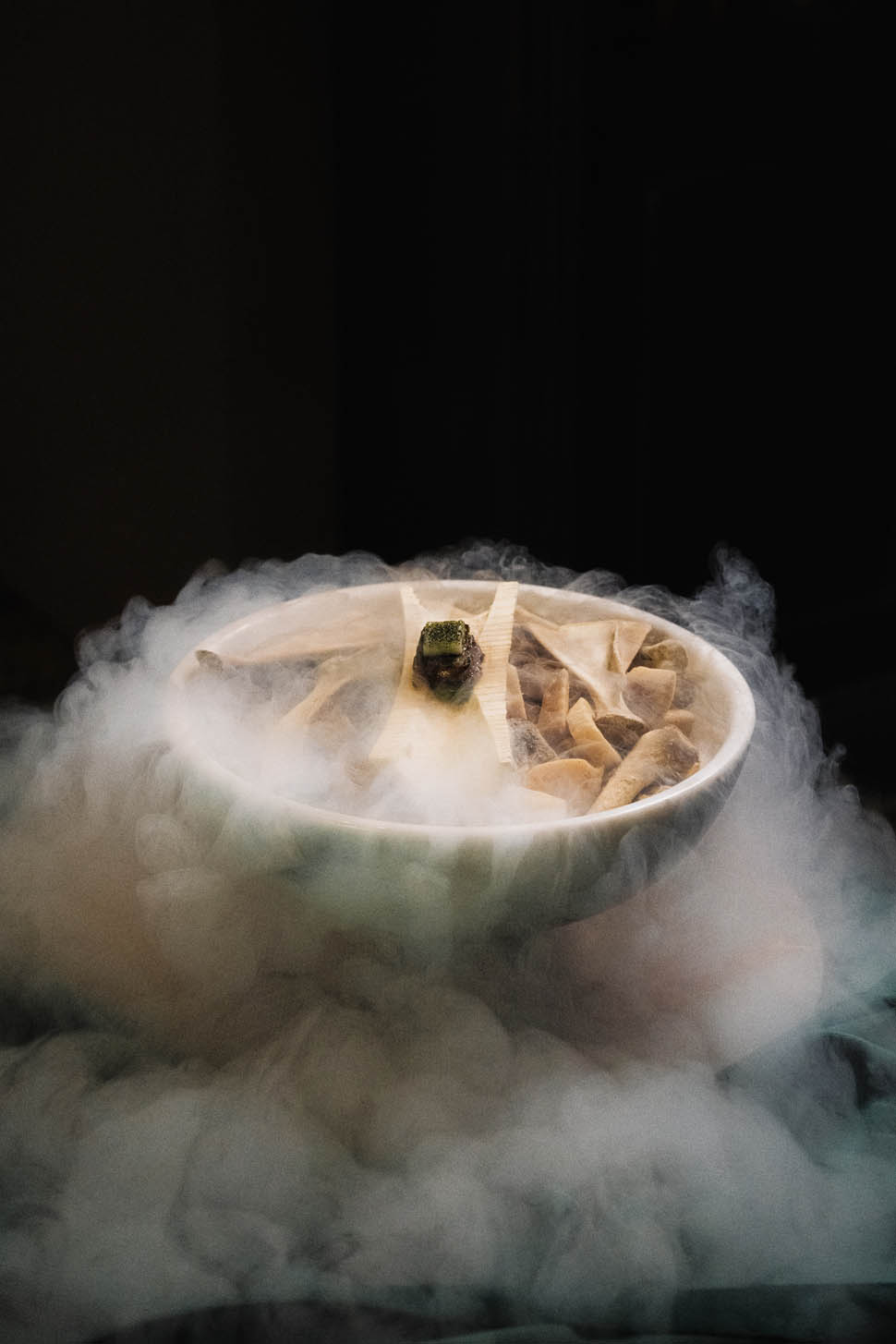
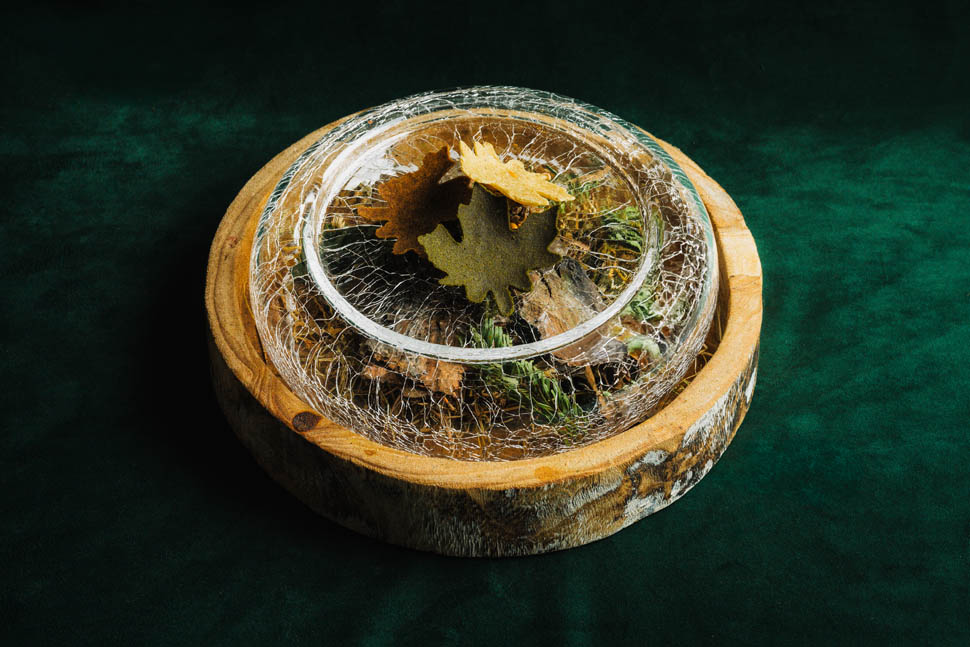
Succulent and well-thought-out is the green pepper turbot, a fatty and flavorful fish whose filet is filled with a whipped mousse of turbot, butter and herbs, sealed in a roll and treated like a piece of beef. “We marinate it well in a pan, finish it lightly in the oven and serve it with the classic green pepper sauce: reduced cream, beef stock, pickled mustard, green pepper infusion and 3 other peppers.” Of the "non-castagnaccio", a fun predessert, we wrote earlier. The sweet ending comes from the idea of serving something reminiscent of the start of the day: Colazione is thus an eggnog made with caramelized black koji water, with coffee ice cream served in an espresso cup and a mouthwatering koji rice pudding.
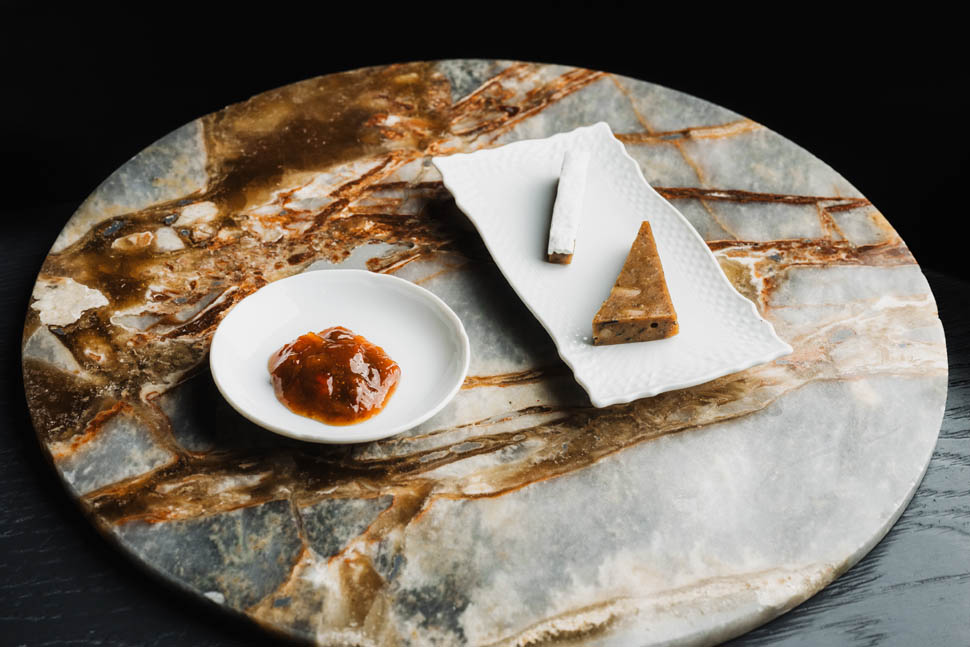
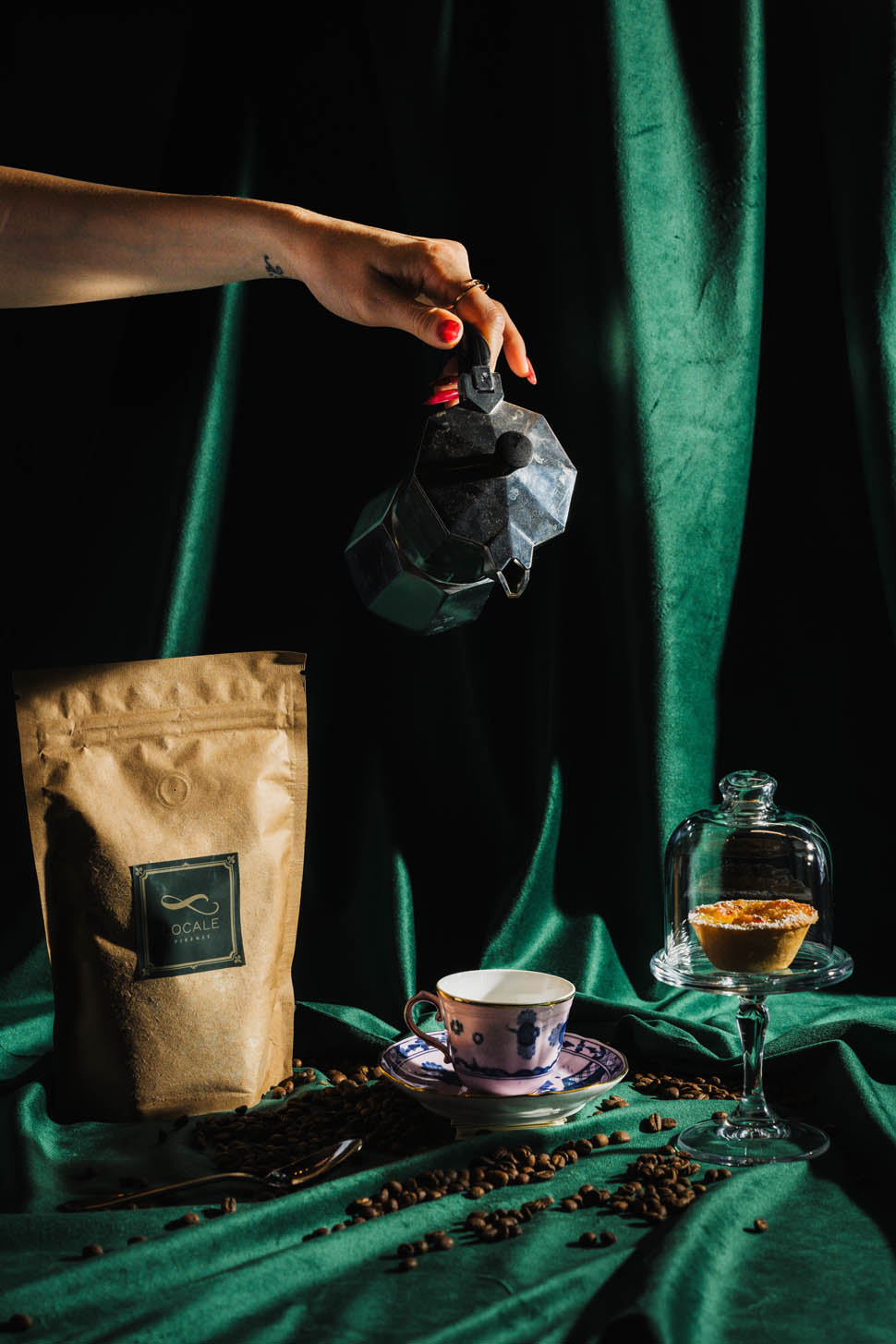
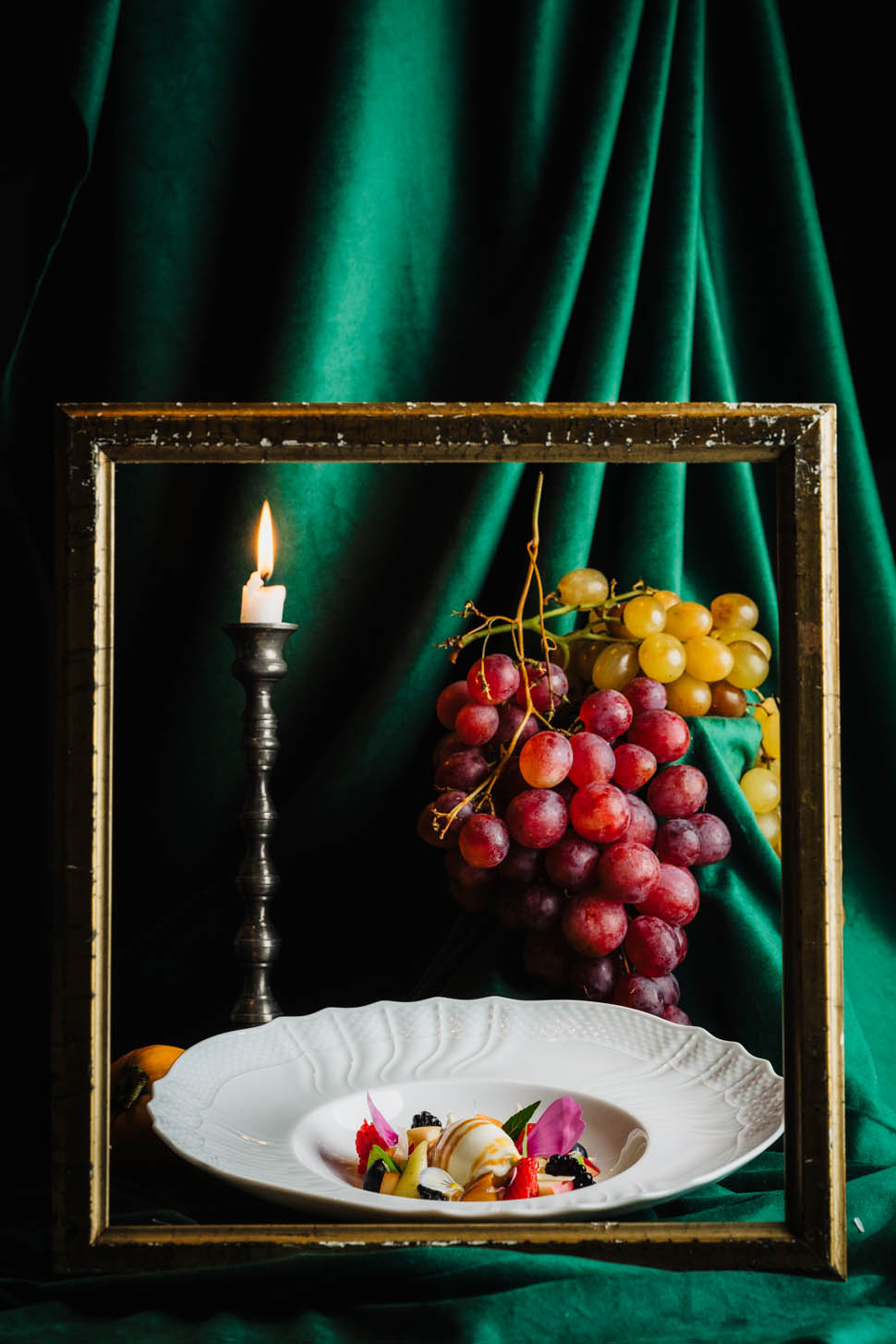
If you don't want to accompany your dinner with a selection of signature cocktails worth sampling, you can choose to go on wine with pairings-not at all predictable-of six (€80) or nine glasses (€110). For a truly immersive experience.
Contact
Locale Firenze
Via delle Seggiole, 12r, 50122 Florence FI
Phone: 055 906 7188
